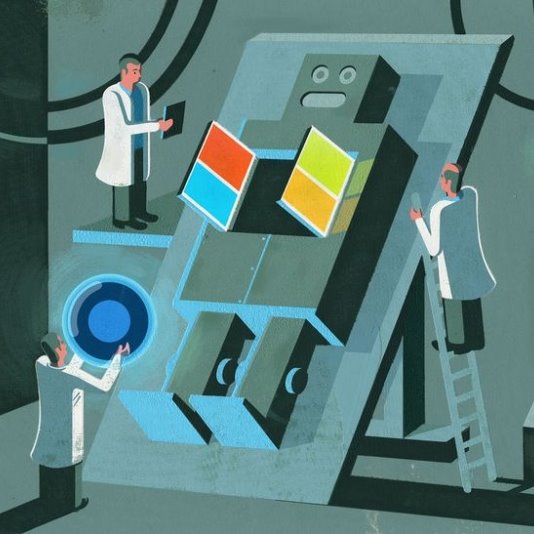@Enrico Rossini Please note that this is outside the scope of Azure Notifications Hubs, which is what I support. Please go easy on me as I would like to try and assist you.
To receive push notifications in the background on Windows with .NET MAUI, you need to register a background task in your application. This background task will be triggered when a push notification is received, even if the application is closed.
To register a background task, you need to add the following code to your App.xaml.cs file:
private async void RegisterBackgroundTask()
{
var builder = new BackgroundTaskBuilder();
builder.Name = "PushNotificationBackgroundTask";
builder.SetTrigger(new PushNotificationTrigger());
builder.Register();
}
This code creates a new BackgroundTaskBuilder object, sets the name of the background task to "PushNotificationBackgroundTask", and sets the trigger to a PushNotificationTrigger. Finally, it registers the background task.
You can call this method from the OnLaunched method of your App.xaml.cs file to register the background task when the application is launched:
protected override void OnLaunched(LaunchActivatedEventArgs args)
{
RegisterBackgroundTask();
// Rest of the OnLaunched method
}
You also need to add the uap:Capability element to your Package.appxmanifest file, as you mentioned. This element should be added as a child of the Package element, like this:
<Package
...
xmlns:uap="http://schemas.microsoft.com/appx/manifest/uap/windows10"
IgnorableNamespaces="uap">
<uap:Capability Name="internetClient" />
<uap:Capability Name="internetClientServer" />
<uap:Capability Name="privateNetworkClientServer" />
<uap:Capability Name="userNotificationListener" />
<uap:Capability Name="removableStorage" />
<uap:Capability Name="backgroundMediaPlayback" />
<uap:Capability Name="backgroundVoIP" />
<uap:Capability Name="backgroundTasks" />
<uap:Capability Name="pushNotifications" />
...
</Package>
Make sure to add the pushNotifications capability to enable push notifications.


